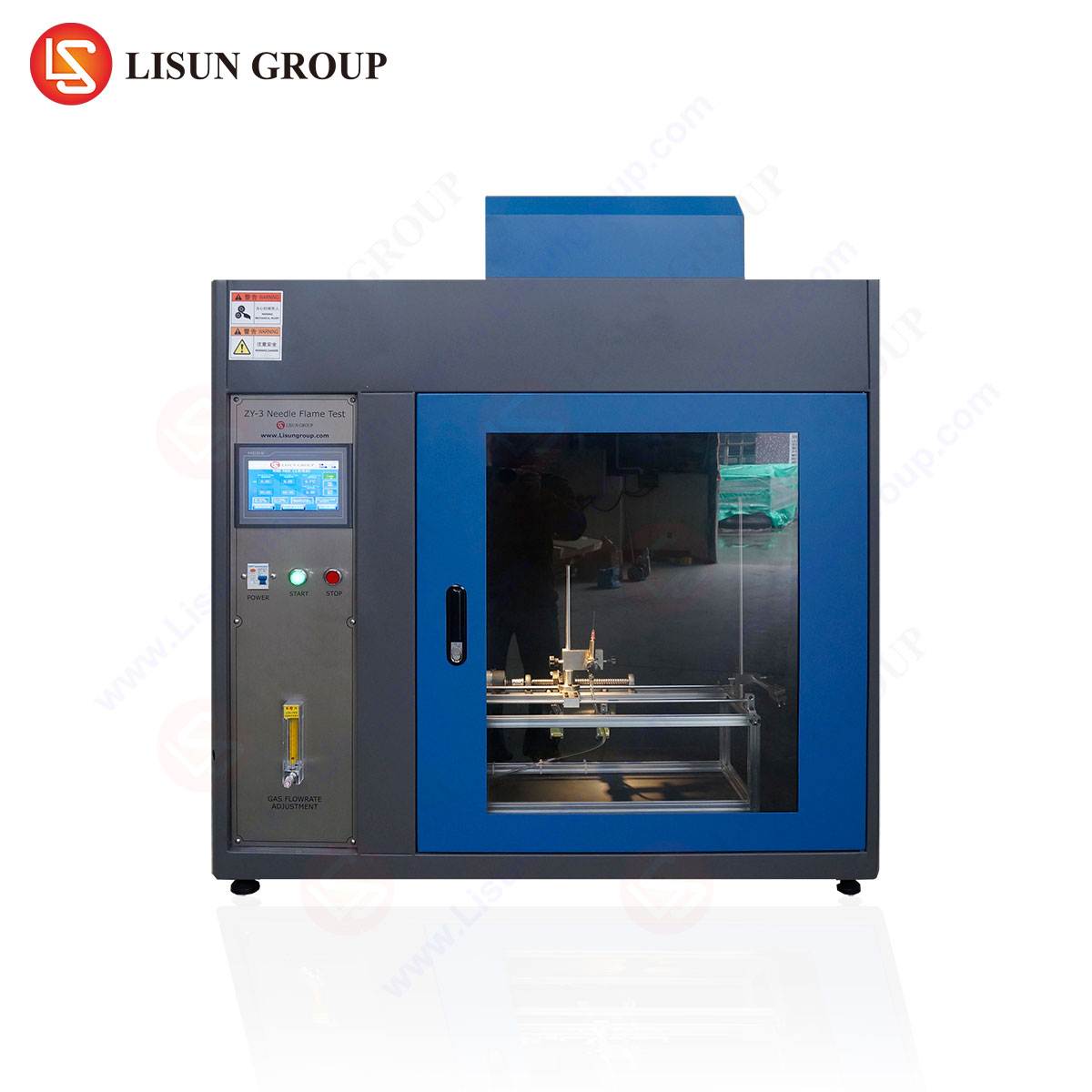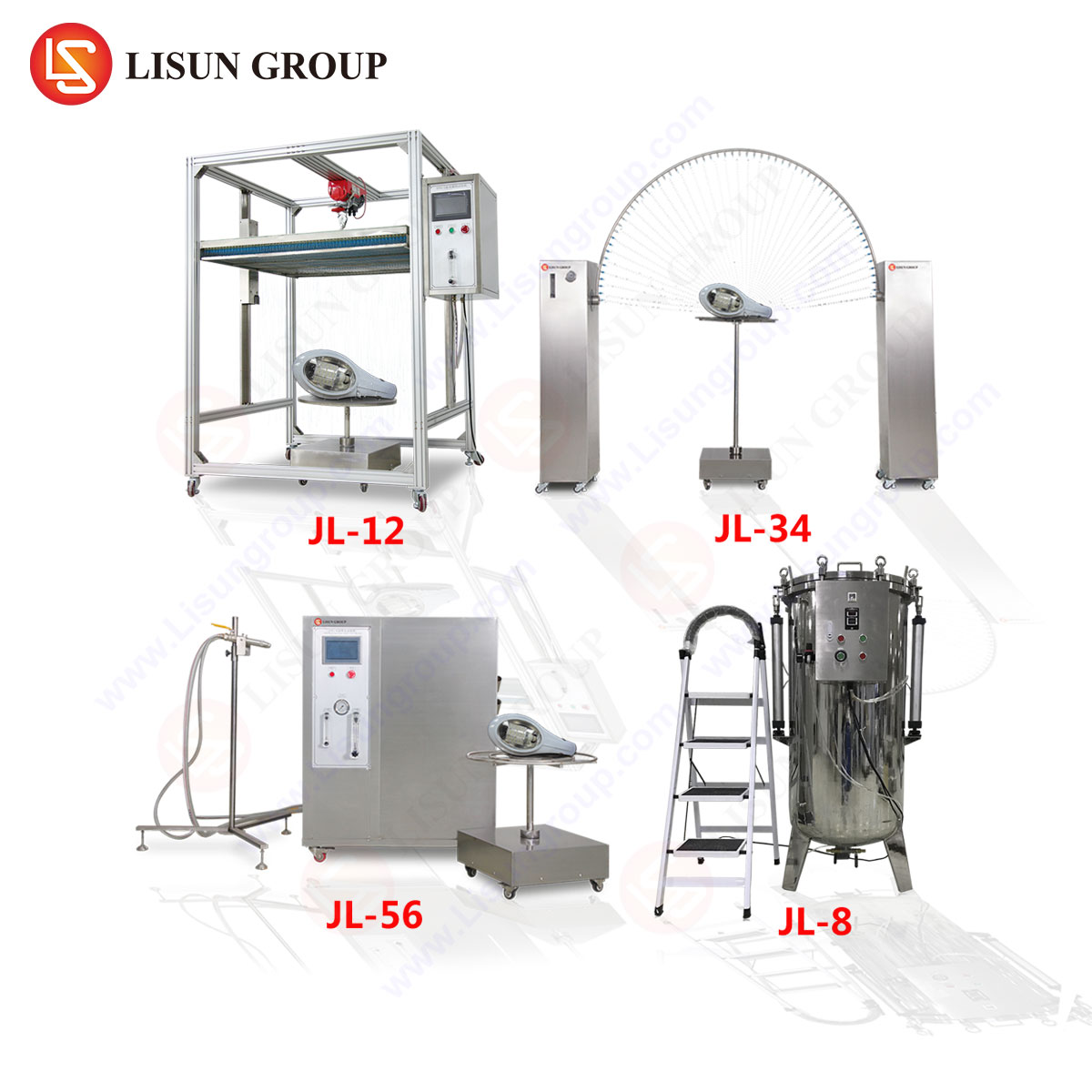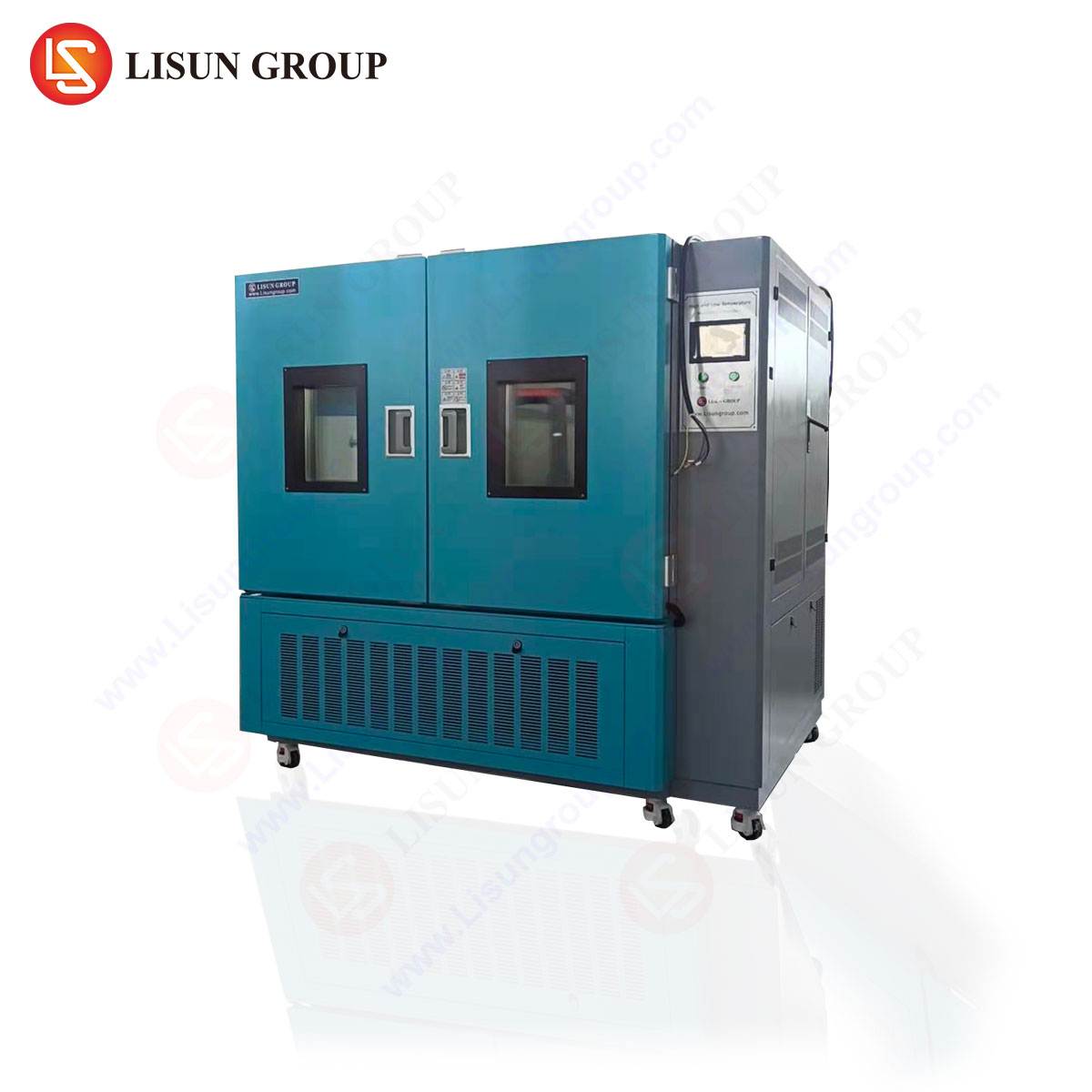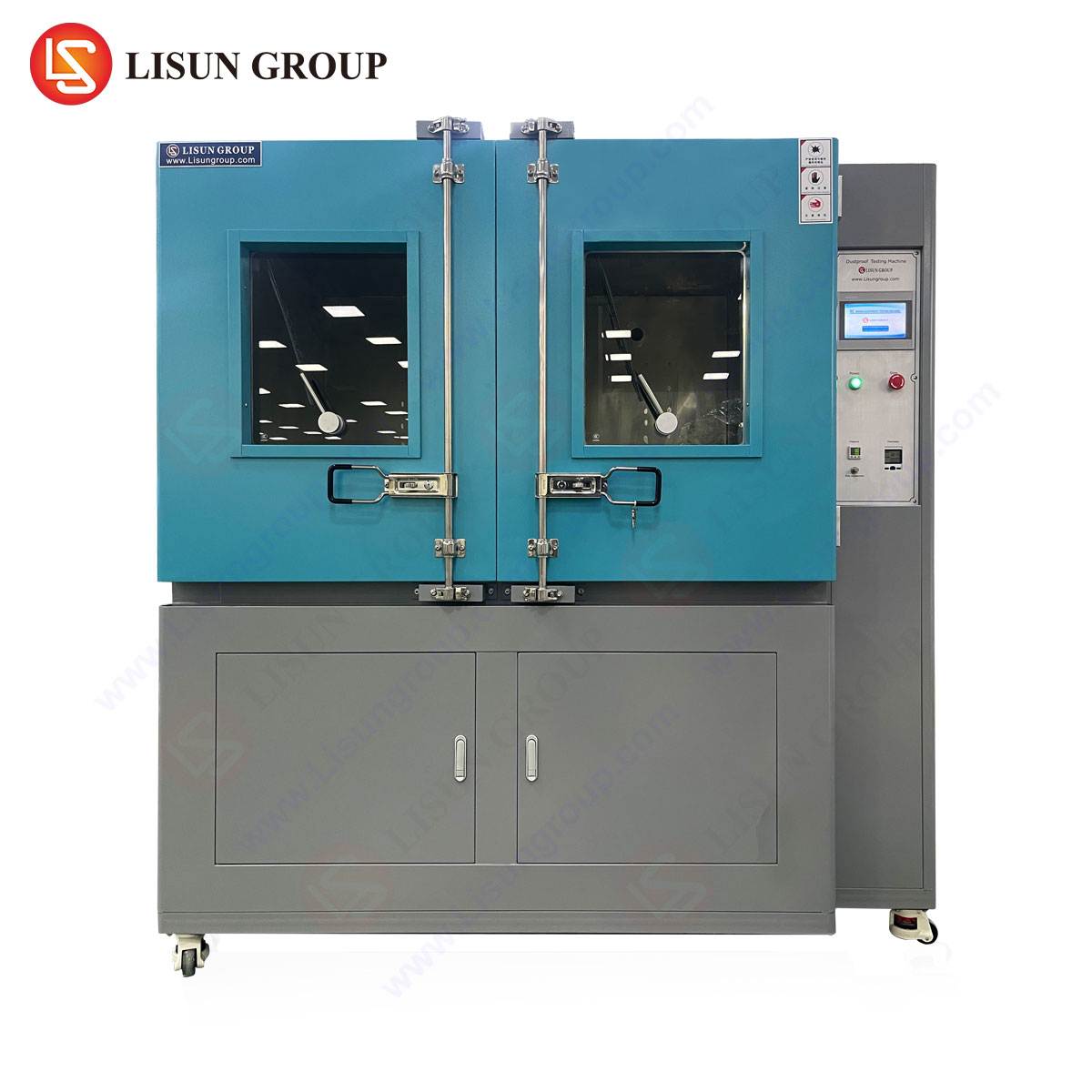Introduction to Glow Wire Testing in Material Flammability Assessment
The evaluation of material flammability under thermal stress is a critical requirement across multiple industries, ensuring compliance with international safety standards. The glow wire test simulates the effects of heat sources, such as overheated electrical components or faulty connections, on materials used in electrical and electronic equipment. This test method determines whether a material ignites, sustains combustion, or propagates flames under controlled conditions.
The LISUN ZRS-3H Glow-wire Test Apparatus is a precision instrument designed to conduct these assessments in accordance with IEC 60695-2-10, IEC 60695-2-11, IEC 60695-2-12, IEC 60695-2-13, and other relevant standards. Its applications span industries including household appliances, automotive electronics, and aerospace components, where material safety is non-negotiable.
Fundamental Principles of the Glow Wire Test
The test involves heating a nichrome wire to a specified temperature (typically between 550°C and 960°C) and applying it to a test specimen under controlled pressure. The apparatus measures ignition time, flame duration, and whether molten material drips and ignites a secondary substrate (e.g., tissue paper). Key parameters include:
- Glow wire temperature accuracy (±2°C within the range of 500°C–1000°C)
- Specimen contact force (1.0 N ± 0.1 N)
- Test duration (30 seconds unless otherwise specified)
The LISUN ZRS-3H ensures repeatability through PID temperature control, automated pressure application, and real-time data logging. These features minimize operator-induced variability, a common challenge in manual testing setups.
Regulatory Framework: Key Standards and Compliance Requirements
Glow wire testing is mandated by multiple international and regional standards, each tailored to specific risk scenarios:
| Standard | Scope | Applicable Industries |
|---|---|---|
| IEC 60695-2-10 | Basic testing methodology for glow wire ignition temperature (GWIT) | Consumer electronics, lighting fixtures |
| IEC 60695-2-11 | Flammability testing at predetermined temperatures (GWFI) | Automotive electronics, industrial controls |
| UL 746A | Polymeric material flammability assessment | Electrical components, medical devices |
| GB/T 5169.10-13 (China) | National adaptations of IEC standards | Telecommunications, office equipment |
Compliance with these standards is often a prerequisite for CE, UL, and CCC certifications. The LISUN ZRS-3H supports multi-standard testing, enabling manufacturers to validate products for global markets.
Technical Specifications of the LISUN ZRS-3H Glow-wire Test Apparatus
The apparatus distinguishes itself through engineering precision and adaptability:
- Temperature range: 500°C–1000°C, adjustable in 1°C increments
- Heating element: High-resistance nickel-chromium alloy wire (Ø4.0 mm)
- Control system: Microprocessor-based PID with ±2°C stability
- Safety features: Over-temperature protection, emergency stop, and fume extraction compatibility
- Data output: USB/RS232 connectivity for test record export
These specifications ensure alignment with ISO/IEC 17025 laboratory requirements, making the device suitable for third-party certification labs and in-house quality assurance teams.
Industry-Specific Applications and Use Cases
Electrical Components and Household Appliances
Switches, sockets, and circuit breakers must resist ignition from internal faults. The LISUN ZRS-3H verifies that thermoplastic housings meet GWIT thresholds (e.g., 750°C for IEC 60695-2-10).
Automotive Electronics
Underhood components face elevated thermal loads. Testing connectors and relay housings at 850°C–960°C ensures compliance with ISO 20653 (ingress protection) and LV 112 (flammability).
Medical Devices and Aerospace
Materials in oxygen-rich environments require stringent flammability controls. The apparatus assesses conformity to FAA flammability standards (e.g., FAR 25.853) and IEC 60601-1 for medical equipment.
Competitive Advantages of the LISUN ZRS-3H
- Multi-standard compatibility: Eliminates the need for separate devices for IEC, UL, and GB/T testing.
- Automated calibration: Reduces setup time and human error via self-diagnostic routines.
- Modular design: Supports optional accessories like a specimen holder for vertical testing (IEC 60695-2-13).
Frequently Asked Questions
Q1: What is the difference between GWIT and GWFI?
GWIT (Glow Wire Ignition Temperature) identifies the lowest temperature causing ignition, while GWFI (Glow Wire Flammability Index) confirms a material’s self-extinguishing properties at a set temperature.
Q2: Can the LISUN ZRS-3H test non-planar specimens?
Yes, custom fixtures allow testing of irregular shapes (e.g., wire insulation, molded connectors).
Q3: How often should the glow wire be replaced?
The nickel-chromium wire degrades after ~50 tests at 960°C. Regular inspection for oxidation or deformation is recommended.
Q4: Does the apparatus include software for report generation?
Optional software packages enable automated report creation per ISO 17025 templates.
Q5: What industries require glow wire testing for regulatory approval?
Mandatory in electrical/electronic (IEC), automotive (ISO), and aerospace (FAA/EASA) sectors, among others.







